Rising Demand for Poultry Products
The increasing global population and changing dietary preferences are driving the demand for poultry products. As consumers become more health-conscious, there is a notable shift towards protein-rich diets, particularly poultry. This trend is expected to propel the Poultry Feed Additives Market, as producers seek to enhance the nutritional value of feed. In 2025, the poultry meat consumption is projected to reach approximately 130 million metric tons, indicating a robust growth trajectory. Consequently, poultry producers are likely to invest in feed additives that promote growth, improve feed efficiency, and enhance overall poultry health. This rising demand for poultry products is a significant driver for the Poultry Feed Additives Market, as it compels manufacturers to innovate and develop effective feed solutions.
Increasing Awareness of Animal Health
There is a growing awareness regarding animal health and welfare among consumers and producers alike. This heightened consciousness is influencing purchasing decisions and driving the demand for high-quality poultry products. In the Poultry Feed Additives Market, this trend manifests in the increased use of additives that promote gut health, enhance immunity, and prevent diseases. The market for probiotics and prebiotics, for instance, is expanding as producers recognize their benefits in improving poultry health and productivity. As the focus on animal welfare intensifies, the Poultry Feed Additives Market is likely to experience a surge in demand for products that align with these values, ultimately leading to improved production outcomes and consumer satisfaction.
Regulatory Support for Feed Additives
Regulatory frameworks are evolving to support the use of feed additives in poultry production. Governments and regulatory bodies are increasingly recognizing the importance of feed additives in enhancing animal health and food safety. This regulatory support is likely to foster innovation within the Poultry Feed Additives Market, as manufacturers are encouraged to develop new and effective products. For example, the approval of novel feed additives can lead to increased market opportunities and expanded product offerings. As regulations become more favorable, the Poultry Feed Additives Market is expected to grow, driven by the introduction of innovative solutions that meet both regulatory standards and consumer expectations.
Sustainability and Environmental Concerns
Sustainability is becoming a critical focus within the poultry industry, influencing the development of feed additives. As environmental concerns rise, there is a push for more sustainable poultry production practices. The Poultry Feed Additives Market is responding to this demand by offering products that reduce the environmental impact of poultry farming. For instance, feed additives that enhance nutrient absorption can lead to lower feed waste and reduced greenhouse gas emissions. Additionally, the use of natural and organic additives is gaining traction as consumers seek environmentally friendly options. This shift towards sustainability is likely to drive innovation and growth within the Poultry Feed Additives Market, as producers strive to meet both regulatory requirements and consumer preferences.
Technological Advancements in Feed Production
Technological innovations in feed production are transforming the Poultry Feed Additives Market. The advent of precision nutrition and advanced feed formulation techniques allows for the customization of feed additives to meet specific nutritional requirements. These advancements not only improve the efficiency of feed utilization but also enhance the overall health and productivity of poultry. For instance, the integration of data analytics and artificial intelligence in feed formulation is becoming increasingly prevalent. This trend is expected to lead to a more sustainable and efficient poultry production system, thereby driving the demand for specialized feed additives. As a result, the Poultry Feed Additives Market is likely to witness significant growth as producers adopt these technologies to optimize feed performance and animal health.


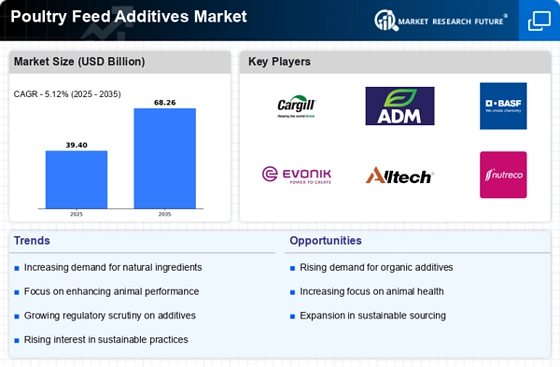
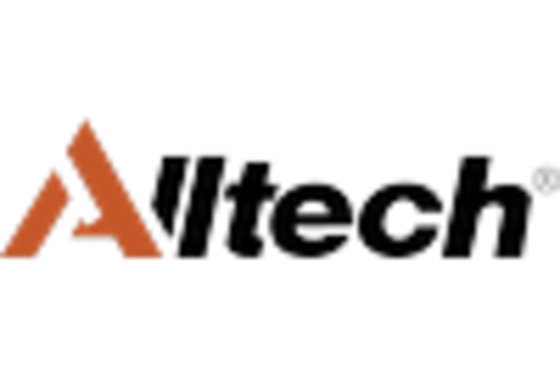
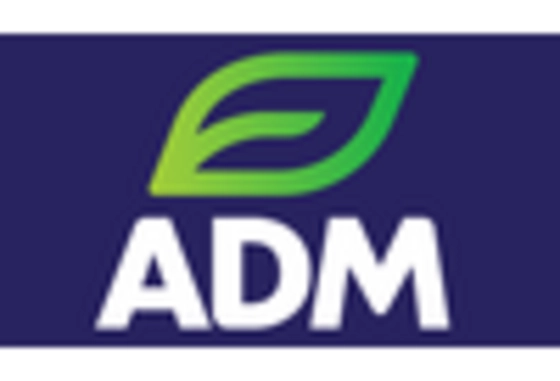


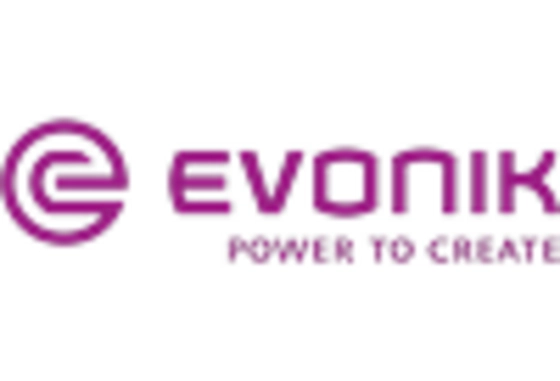
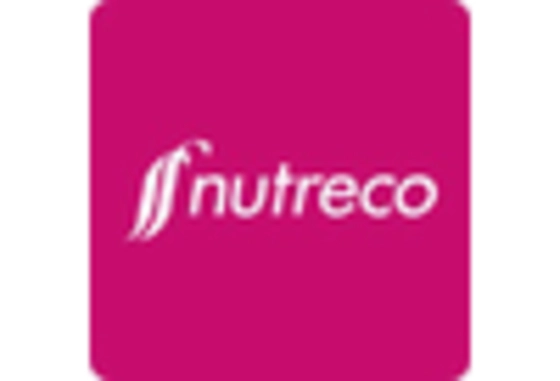








Leave a Comment